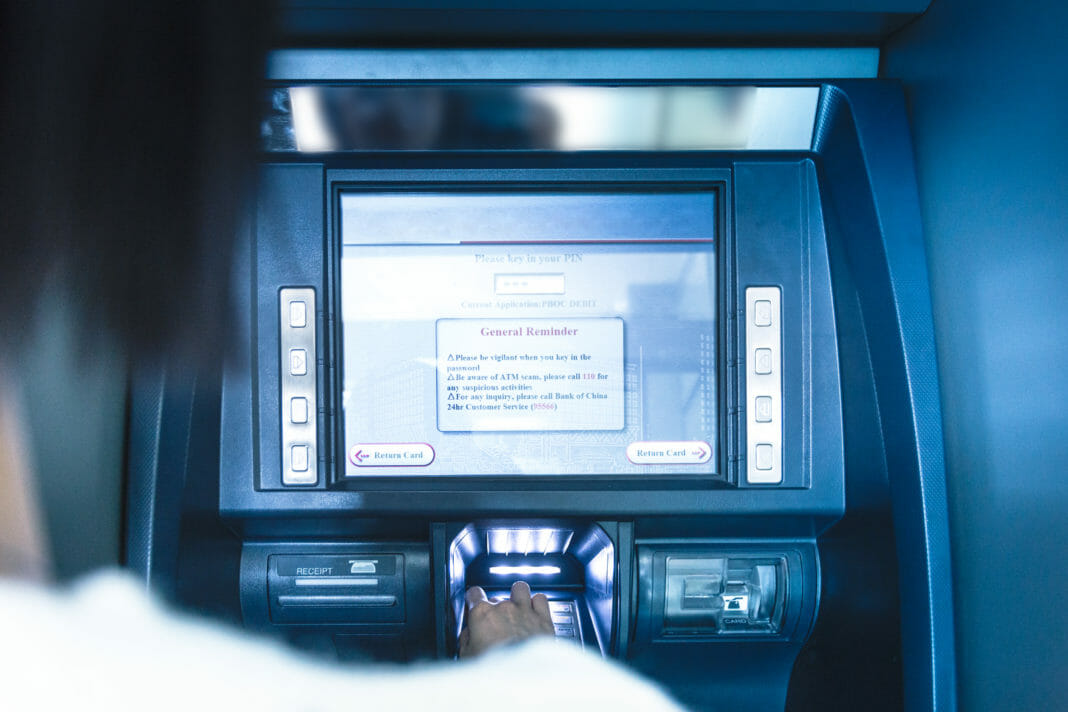The defendant admitted guilt over being aware that criminals used ATMs to commit money laundering. Among the accusations is the failure to conduct a good anti-money laundering policy.
The United States Department of Justice sentenced to 2-year prison to a man in the state of California, who was found guilty of working through a network of Bitcoin ATMs, without a license, which served to launder about USD 25 million from different illegal activities.
In the document presented by the department on May 28, knowledge is given about the facts that are attributed to Kais Mohammad, among which are: money laundering, operating without a service license, and not applying and giving maintenance to program cash against money laundering.
The business was active between 2014 and 2019 and in this way Kais carried out exchanges of up to USD 25,000, using an online exchange system named Herocoin. As described in the document, the person involved met with clients in a public place in southern California and executed the trade. Mohammad charged a 25% commission on the total transaction as described in the report.
In addition to this exchange activity, Kais worked with a network of bitcoin ATMs to which he was in charge of granting the money that was later withdrawn by his associates. These operations reached up to USD 3,000, of which no type of documentation was requested.
According to the report, the defendant already knew that he had to work with a license and that, in addition, he did not apply verification procedures against money laundering. Last September Mohammad pleaded guilty and had 17 BTC ATMs, USD 22,820 in cash, 18.4 bitcoins, and 222.5 ethers confiscated.
The DEA Warns Against Bitcoin ATMs
Last March, the Drug Enforcement Administration (DEA) reported information detailing how, possibly, Bitcoin ATMs were a tool for criminals to commit money laundering.
In the report, the ways that criminals commit money laundering are not well detailed. However, it does highlight the supposed ease that the transfer of assets could present, without the need for the physical delivery of the money between drug traffickers.
It is worth mentioning that most ATMs require identity verification, and which, in addition, photograph the user who is carrying out the procedure. In Mohammed’s case, he used unregistered and unregulated ATMs, which bypass the controls on official government lists. This type of practice was already warned in the DEA report.
Laundering money at an ATM is not so easy, given the verification controls to which they are usually subjected. Likewise, another DEA report, presented in 2018, indicates that only 10% of all cryptocurrency trade went through illicit activities.
In contrast to the latter, according to Chainalysis, by 2020, less than 1% of all circulating BTC belongs to or is associated with money laundering or illegal activities.
By: Jenson Nuñez











